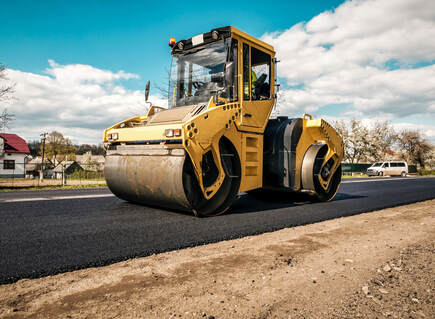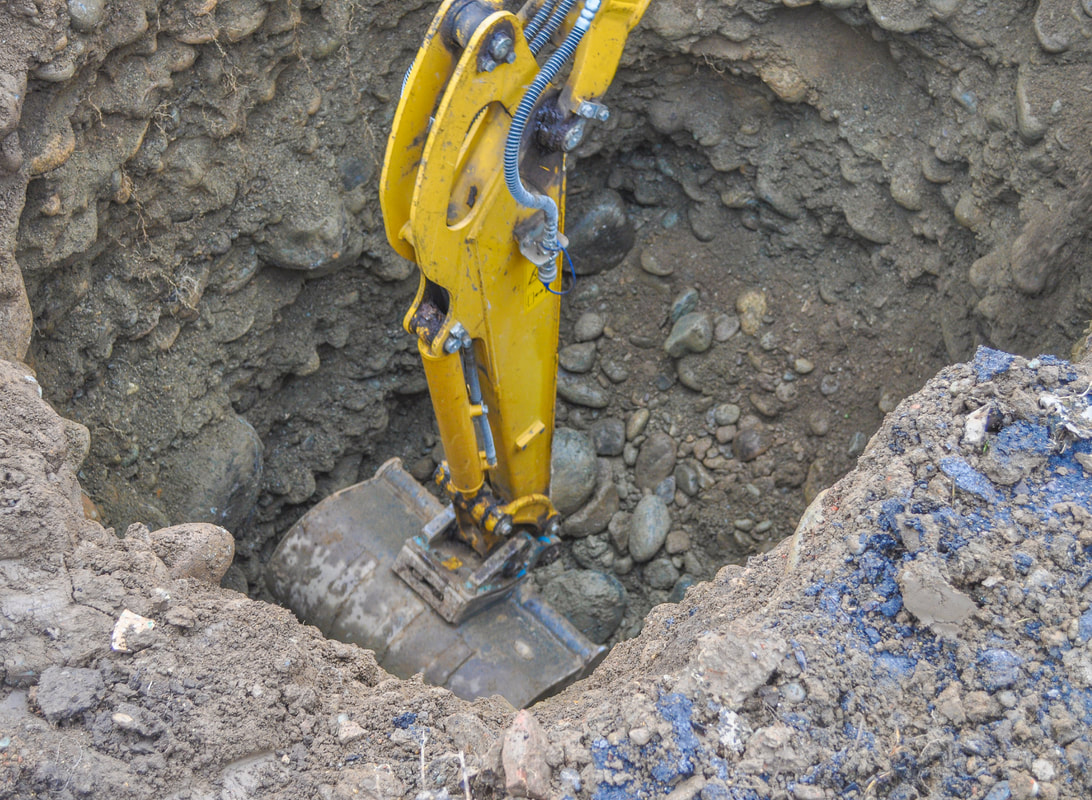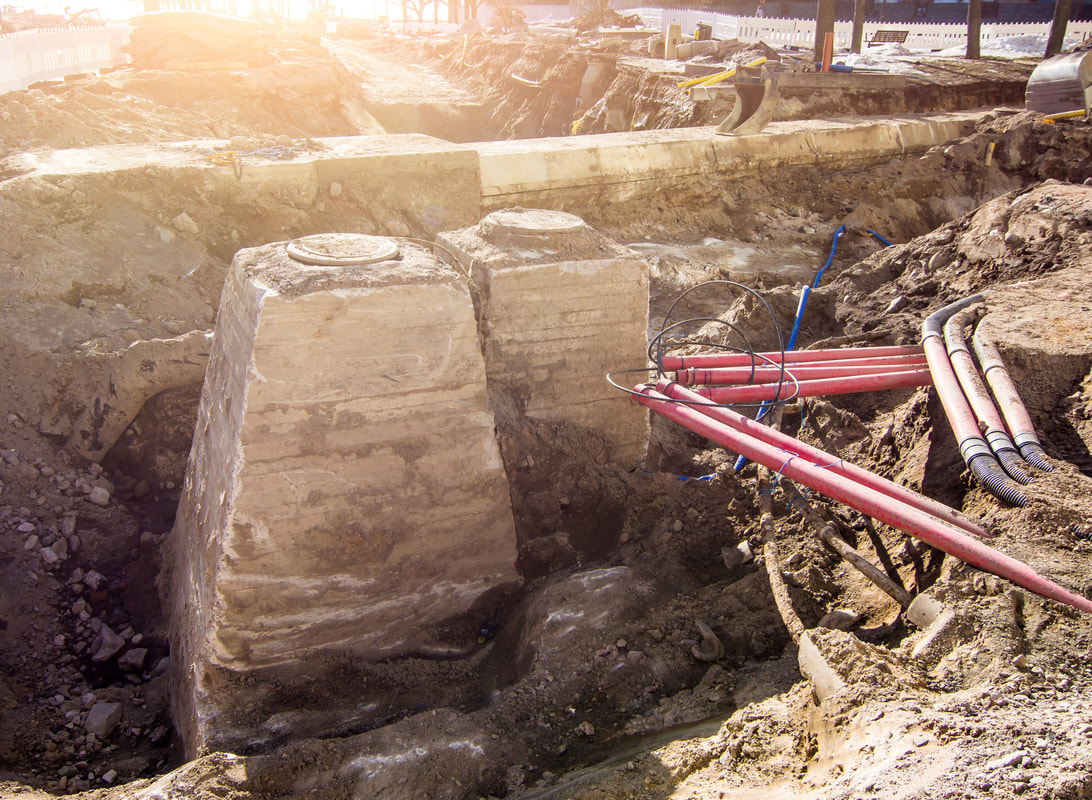Road Excavation
Road construction being an advanced topic on its own becomes even more progressive when excavation is involved. Rather than other forms of excavation, roadway excavation differentiates itself. The different approach for roadway excavation is removing materials from an outside location to develop the road's structure.
Before any road work is done through excavation practices, the scope of the project must fully be determined for feasibility on environmental impacts by governmental regulations and standards. After that course of action is settled, then the roadway excavation begins. This form of construction clears out spaces for highways, freeways, town roads, country roads, or other forms of paving. The steps include cutting topsoil and digging to develop the location. This construction may be also used for building embankments. Roadway excavation is often a broad term, the strategy will vary depending on the project at hand. Some projects will include ditch excavation, borrow excavation, placement of subgrade enhancement geosynthetic (SEG), placement of shoulder backing, embankment construction, or removal of unfit materials and manmade objects. If there are slopes with unusable resources, the supplies will be removed and other materials will refill the slope area. |
|
Excavation construction isn’t a stranger to existing roads as well. Just like buildings, bridges, or other forms of infrastructure, roadways can deteriorate because of common causes of wear and tear. Over time roads pavement weaken and can cave in. This causes teams to deconstruct the road properly by removing rock or other earth materials and re-pave a stronger and suitable match.
Bridge Excavation
|
Before a bridge is built, excavation crews must depend on a solid and reliable foundation. Because bridges are a vital part of roadwork, the arch must be able to support on-flowing traffic and resist collapsing due to natural disasters, design defects, neglected maintenance, and so on.
In the excavating construction project, extracting materials is important to build abutments, footings, and substructures. Common processes are divided into categories of earthly resources. For instance, dry soil, solid rock, wet ground, and water are common descriptions. Underwater excavation is a far different process with a higher level of difficulty. The excavator team has to precisely build a footer in a body of water. They have to create a plan and build cofferdams below flood levels in order to not access liquid from rivers, lakes, and other water. In preparation for the footings, the foundation needs to be free from all loose material. |
The team needs to elevate the circumstances and come to the conclusion on details. Does the surface need to be cleaned and cut? Or roughened with steepness? What would the desired depth be? After the scoping of the area, they plan dimensions and elevations that are necessary for a sound foundation.
It’s important to note that the process does require backfilling. In these cases, the teams are trained to handle backfilling in a cautious manner. They avoid hidden components such as wires, cables, structures, and shafts. Dirt is usually filled in layers of 4 to 6 inches to assist the process.
We take pride in the entire work process, and making sure the excavation is done at the highest quality standards.
It’s important to note that the process does require backfilling. In these cases, the teams are trained to handle backfilling in a cautious manner. They avoid hidden components such as wires, cables, structures, and shafts. Dirt is usually filled in layers of 4 to 6 inches to assist the process.
We take pride in the entire work process, and making sure the excavation is done at the highest quality standards.
Footing Excavation
|
Footing is the foundation that creates a solid design in the construction process. The method is for infrastructures like buildings and bridges. For a structure with that magnitude to be strong enough to handle supporting weight, sturdy footings need to be installed prior to the construction.
With authorized equipment and a specially formulated plan, the footings are created with the purpose of safety and durability. After a building has graded appropriately to the standards it needs, this is where footing excavation comes into play. The experts will need to place the concrete, and other materials for the footing, and then leave the concrete to set. Footing placements take precise calculations. The slightest mistake could end in disaster for the building of infrastructures like settling or collapsing. Specialized equipment is regularly intended when mapping out this process. The excavation is always required for an elevation beneath the frost line. |
Each footing is created for different causes of construction. Here are several types of footings that may need to be used for distinct aspects:
- Strip footing - Strip footing is a shallow foundation but carries the load of a wall
- Spread footings - Spread footings cover underneath the base of a foundation to secure the weight
- Isolated footings - Isolated footings can be created in different shapes like square or circular and rectangular for different forms of foundations
- Stepped footings - Stepped footings keep metal columns apart from direct response with the ground
- Strapped footings - Strapped footings are connected by a beam (Also known as the strap, in this circumstance) and do not transfer any contents of dirt


